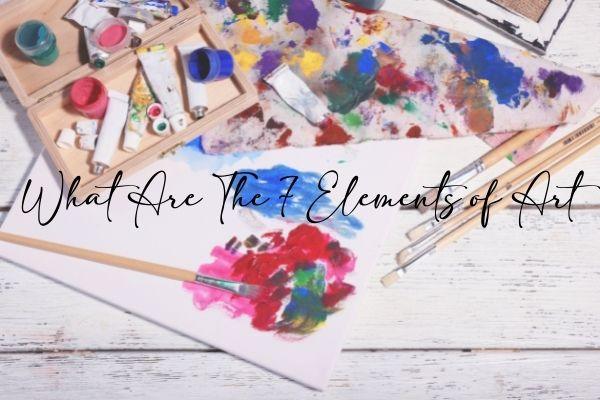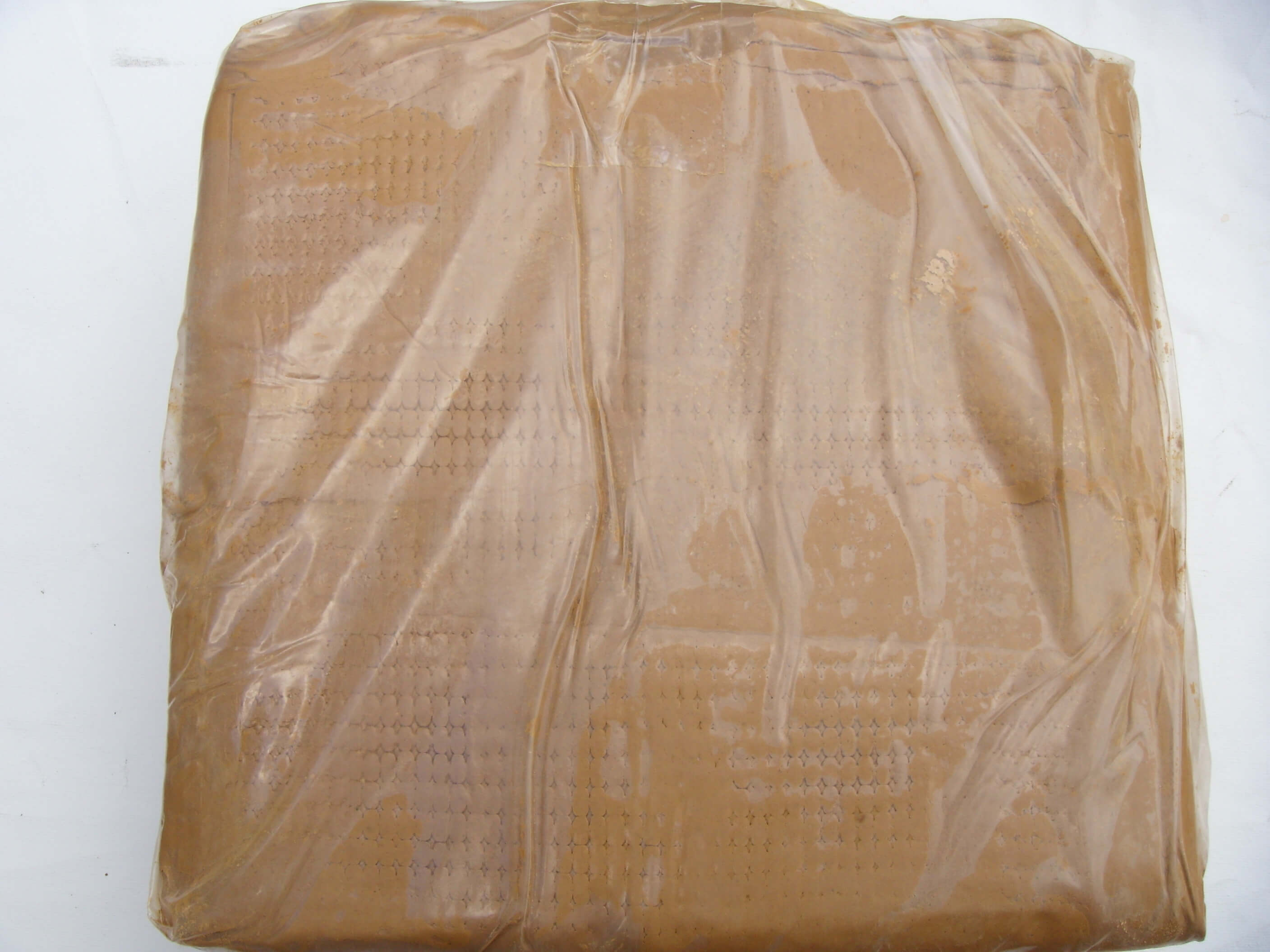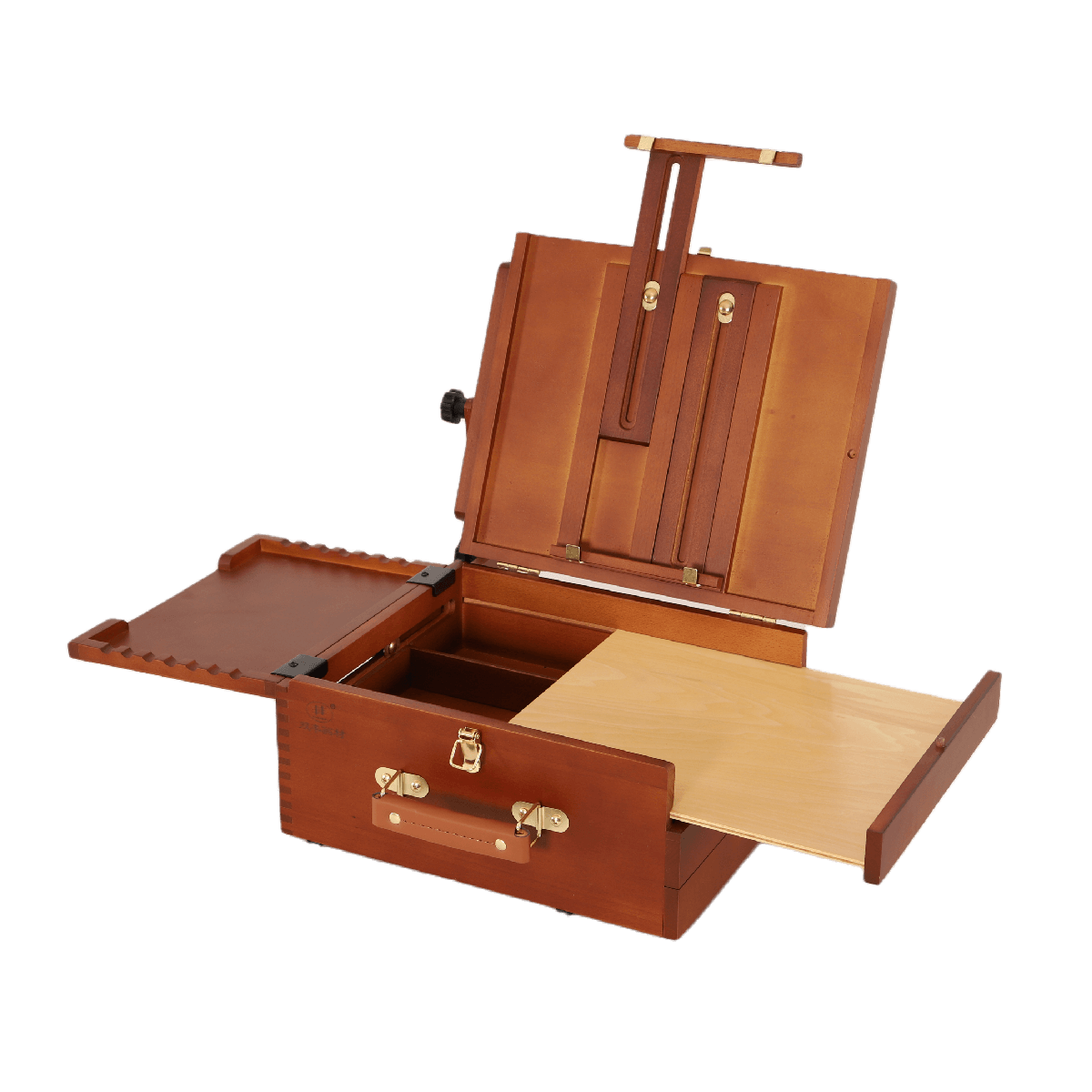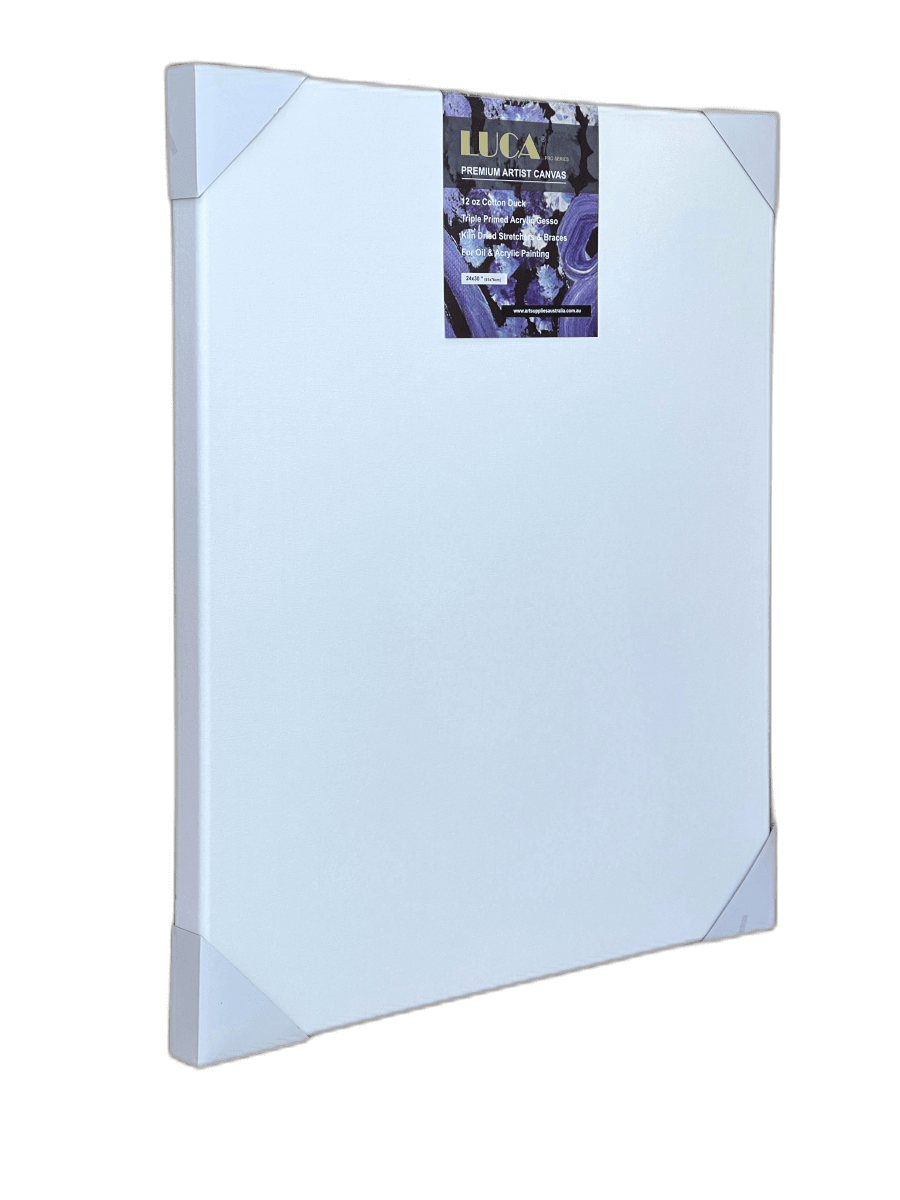What is art? It's one of the most critical and influential forms of human creativity. It transcends time and place, and it can be anything from a painting to a sculpture or even a comic strip.
One thing that we love in particular about art is its ability to tell stories without any words-and there's no better way to express ourselves than through our artistic endeavors! This article will explore the many elements of art, how they work together, and what you need to know as an artist.
What is Art

Art is a form of communication from one person to another. Just as the spoken word transcends boundaries, so does art. It can be from a painting on canvas to a comic strip or a piece of graffiti on a building. Art encompasses everything!
Its elements have always defined art, and it makes sense: art is all about creating something out of nothing. The elements of art are the building blocks that come together to create a beautiful work of art or any creative endeavor.
The Elements of Art
There are seven elements of art: line, shape, form, color, value, texture, and space. Let's take a closer look at each element.
Line
The first element is the line. As an artist, there are many ways to use this element. It could be the edge of a shadow or the curve of a cheek. However, you use it, keep in mind that line is one of the main elements of art because it can convey direction and motion.
It's essential to know the difference between a line and an edge, though. A line has length but no width, while an edge has both length and width.
Shape

The second element shape. This element is one of the most basic because we see it every day. For example, a triangle is a three-sided shape, and you can use conditions such as that to create or enhance your artwork.
Form
The third element is formed. This means essentially anything that has volume-it's what makes up everything you see around you. And just like the other elements, it can be used to convey movement and direction through shading or coloring.
Color

The fourth element is color. Many artists neglect this element because it can be hard to understand what colors work together or where they're placed on the spectrum-but if you take the time to learn about it, it'll pay off.
Value
The fifth element is value. This means light and dark-like shading or coloring. It's also one of the most accessible elements to manipulate because there are so many kinds of mediums you can use to create different effects with your colors.
Texture
The sixth element is texture. This is what makes your art come alive-it's the closest thing to reality because it mimics how things look or feel in real life. It could be a smooth surface, a rough texture, a glassy one, etc. And don't forget that you can manipulate texture with the different kinds of mediums you use.
Space
The seventh element is space. This is what separates art from reality-it's, not something that exists in our world, but it can still convey emotions and feelings like any other element. You can use space to make your art more dramatic or draw attention to a specific element.
The way the elements work together is simple-you use them all in moderation, so your art doesn't look empty or flat. It should always have a focal point, and there should be some flow from one element to another, so it feels natural and easy on the eye.
How Do These Elements Work Together?

You must know how to manipulate these elements to create a successful piece and convey a certain feeling or message as an artist. Creativity works because there are no rules-you can use all of these elements together if you want.
But often, artists like to put one element at the forefront-like color, if they want to communicate happiness or black and white for sadness. You can also choose which elements you use in your art depending on what kind of story you're trying to tell.







